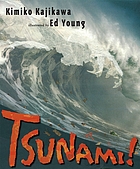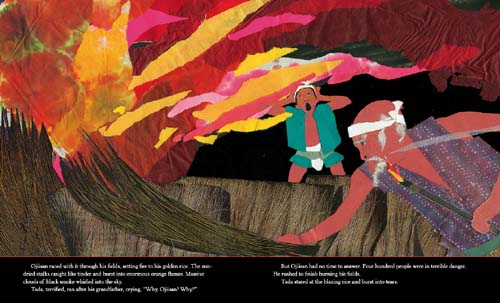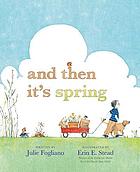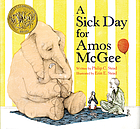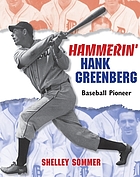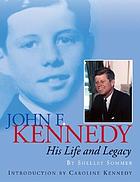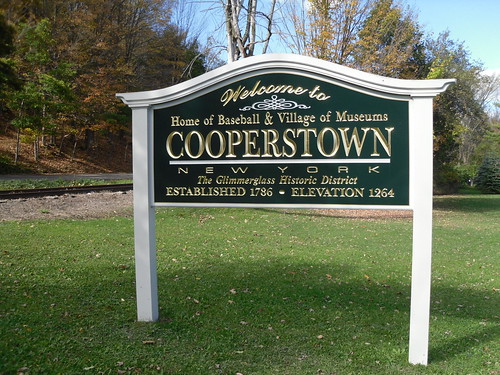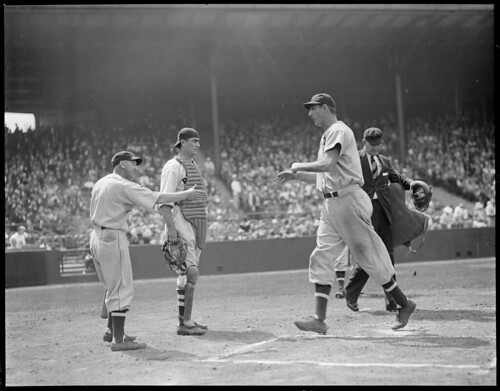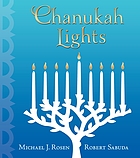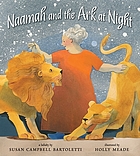Tsunami!Long ago in rural Japan, a grandfather was tending his rice fields high on a mountaintop overlooking his seaside village. That day, his family went down to the village to celebrate the rice harvest, but Ojiisan, the grandfather, told his family that something did not feel right. So he and his grandson Tada stayed behind on the mountain.
by Kimiko Kajikawa
illustrated by Ed Young
NY: Philomel / Penguin, 2009
available at your local library, favorite bookstore or on Amazon
ages 6 - 10
Later that day, an earthquake struck, “a long, slow, spongy motion.” But earthquakes are common in Japan, and this earthquake was not strong enough to alarm anyone. Ojiisan, however, was unnerved by this earthquake - it felt different from the many others he had felt. He turned to look down toward the village -- the sea was running away from the land! Remembering his own grandfather’s warnings, Ojiisan whispered to himself, “Tsunami - the monster wave.” All of Ojiisan’s family, all of the villagers were in danger, but they were too far away to hear Ojiisan’s cries. What could he do? How could he signal to the village?
Kajikawa shares this story with straightforward language that will engage a young audience. Kajikawa’s pacing works perfectly for a picture book to be read aloud.
“Ojiisan turned his keen old eyes anxiously toward the sea. It had darkened suddenly and was moving against the wind.”While the drama is exciting, it is appropriate to share with young children. No one is injured in the tsunami and, while the village is destroyed, the focus is on Ojiisan’s bravery and quick thinking.
Kajikawa has adapted this story from Lafcadio Hearn’s story, “A Living God”, in which he tells of the 19th century Japanese hero Hamaguchi Gohei. Kajikawa uses many of the key phrases from Hearn’s original story (see the SCBWI Tokyo Translation Group). Kajikawa acknowledges in her dedication that Hearn “had a special gift of getting to the kokoro (heart) of a people.”
Ed Young’s textured multimedia collage illustrations draw in the reader from the very beginning, taking up the vast majority of the large pages. The text is limited to the bottom two inches of every page, letting the eye feast on the dramatic illustrations. Young balances realistic period details with abstract images in a way that makes it interesting for young readers without making the events too realistic or frightening.
Children will be fascinated figuring what parts of the collage use photographs of real things like straw for the fields. Young’s dramatic use of color and diagonal lines add movement and heighten the tension in the scenes with the fire and the tsunami.
I enjoyed reading an interview with Ed Young over at Seven Impossible Things Before Breakfast. As Jules writes, "If I were asked to name a contemporary illustrator whose works provide a truly exciting visual experience, no matter the book’s tone, Young would be the first to come to mind.Whether he’s using the bold, bright collage of a book like The Emperor and the Kite (written by Jane Yolen and published in 1967) or bringing us ethereal impressionistic paintings, such as in 1989’s Lon Po Po: A Red Riding Hood Story from China, it’s always dramatic. Always striking. Always infused with an elegance. You look at his illustrations, and you can see the poet in him." I particularly liked reading about the heart and spirit that Young sees infusing each of his books - each person who's touched the book in the process of development finds a home in the book.
The review copy came from our home library. If you make a purchase using the Amazon links on this site, a small portion goes to Great Kid Books (at no cost to you!). Thank you for your support.
Review ©2012 Mary Ann Scheuer, Great Kid Books

